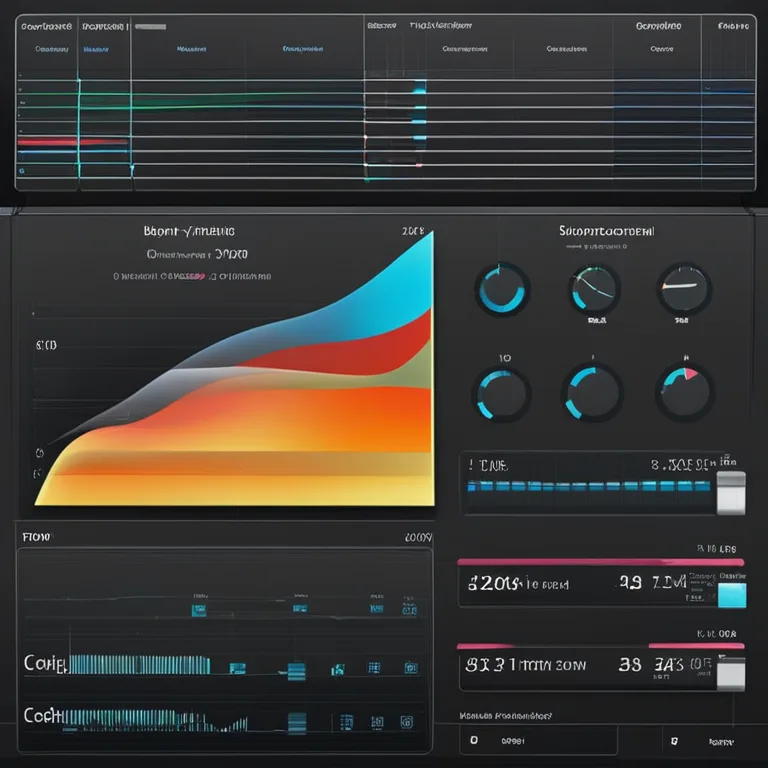
The Fundamentals of Biorhythm Theory
Discover the origins of biorhythm theory and learn how it attempts to predict personal cycles using biological patterns.
article by Adrian Wallace
The Origin of Biorhythms
Biorhythms are an intriguing concept that suggests our daily lives are affected by natural physiological cycles. Originating from the work of Wilhelm Fliess in the late 19th century, this theory was later developed by others, such as Hermann Swoboda and Dr. Alfred Teltscher. They believed that the human body operates on a set of predictable cycles which influence our physical, emotional, and intellectual states. The popularity of biorhythms gained momentum in the 20th century, combining scientific inquiry with a touch of mysticism.

The Three Primary Cycles
According to biorhythm theory, there are three primary cycles: the physical cycle of 23 days, the emotional cycle of 28 days, and the intellectual cycle of 33 days. These cycles are said to start from zero at birth and oscillate in sine wave patterns, with each half-cycle comprising ups (positive phases) and downs (negative phases). The intersection point—where the cycle crosses the zero line—is considered a critical phase, supposedly indicating a time of instability or change.

Calculating Biorhythms
Modern calculators and software have streamlined the process of computing one's biorhythms. The calculations are based on an individual's birth date, with the assumption that the cycles start at the zero point and follow consistent wave forms. Each day, one's theoretical physical, emotional, and intellectual states can be mapped, potentially offering insights into personal performance and predisposition on any given day in alignment with cycle theories as of 2024.

Biorhythms and Daily Life
The proposed applications of biorhythm theory are extensive—from planning important activities to understanding personal relationships. Adherents believe that by being aware of their biorhythm cycles, individuals can take preemptive measures to handle their days more effectively. While some people may find this helpful, it is essential to note that biorhythm theory, despite its appeal, remains a controversial and scientifically unproven field.

Scientific Scrutiny and Acceptance
Since its origin, biorhythm theory has undergone various examinations from the scientific community. Many studies have attempted to validate the core tenets of biorhythms but failed to find conclusive evidence to support the theory's claims. Despite the lack of empirical support, the theory has sustained a following, with enthusiasts advocating its potential benefits in personal management and lifestyle adjustments.
Modern Tools and Biorhythms
As technology advances, new applications and platforms are emerging that integrate biorhythm calculations into their feature sets. Smartphones, wearables, and dedicated websites now offer personalized biorhythm charts and predictions with user-friendly interfaces. While these tools should be used with a healthy dose of skepticism, they nonetheless provide a modern twist on an age-old theory, keeping the interest in biorhythms alive in the digital age.
Published: 12/28/2023
Modified: 12/28/2023
More predictions
Come back here soon to learn more about yourself and your future


The Synergy of Biorhythm Compatibility
Delve into the intriguing concept of biorhythm compatibility to foster deeper connections and understand interpersonal dynamics.


The Accuracy of Biorhythms: A Myth or Science?
Delve into the debate on the accuracy of biorhythms and discover whether they hold any scientific validity.


Biorhythm Compatibility and Birth Dates: The Connection Revealed
Discover how biorhythm compatibility based on birth dates can influence personal connections and relationship dynamics.